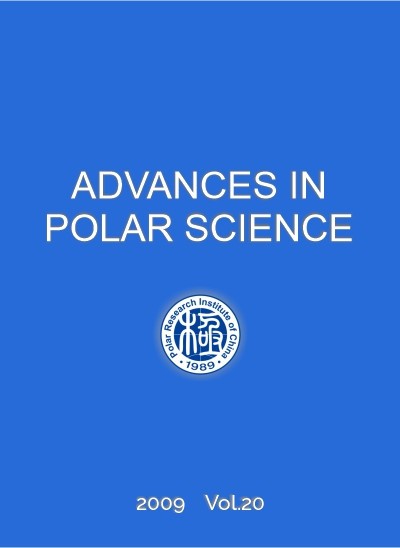Publication: Advances in Polar Science (APS). Antarctic Research, Vol. 20, No. 1, 1~14, June 2009
To download the publication please click on the download link at the bottom of the page
Author: Ren Liudong, Yang Chonghui, Wang Yanbin, Liu Ping and Zhao Yue
CNARC member: Polar Research Institute of China (PRIC)
Abstract: The source rock from which the sillimanite gneisses derive mainly was the biotite plagioclase gneiss in the Larsemann Hills. It is the deformation-metamorphism process under special pressure and temperature condition, not the original rock compositions, that controls the presence of sillimanite. To a great degree, the sillimanite gneiss was the mixture of the detaining materials of the migrating felsic melt from the bt-plagioclase gneiss that underwent partial melting and the relics when the melt was removed. In sillimanitization the original rock had been changed substantially in chemical composition. The related metamorphism process severely deviated from the isochemical series, the process was of, therefore, an open system. In addition, the Al2O3 contents of the original rock was an important, but not critical factor for the formation of sillimanite, i.e., the sillimanite-bearing rock need not be of aluminum rich in composition, and vise contrarily, the aluminum rock may not produce sillimanite. The authors of the present paper postulate that the source rock from which the aluminum rich rock derives need not be of aluminum rich, but sillimanitization is generally the Al2O3 increasing process. The aluminum rich sediments such as clay or shale need not correspond directly to sillimanite-rich gneisses. No argillaceous rock present equals to sillimanite-rich gneiss in chemical composition. The protoliths to the sillimanite gneisses from the Larsemann Hills, east Antarctica, and their adjacent area may be pelite, shale greywacke, sub-greywacke, quartz sandstone and quartz-tourmalinite. If correct, the conclusion will be of significant implications for the determination of the sillimanite gneiss formation process and the reconstruction of the protolith setting.
Key words: sillimanite gneiss, protolith, aluminum contents, chemical process, Larsemann Hills


